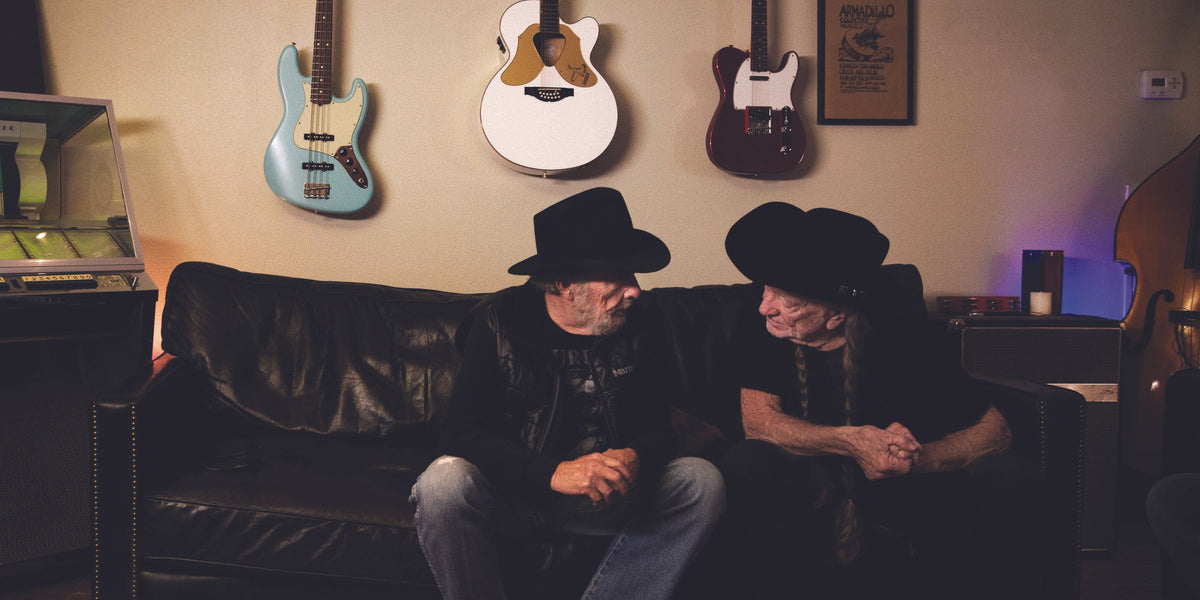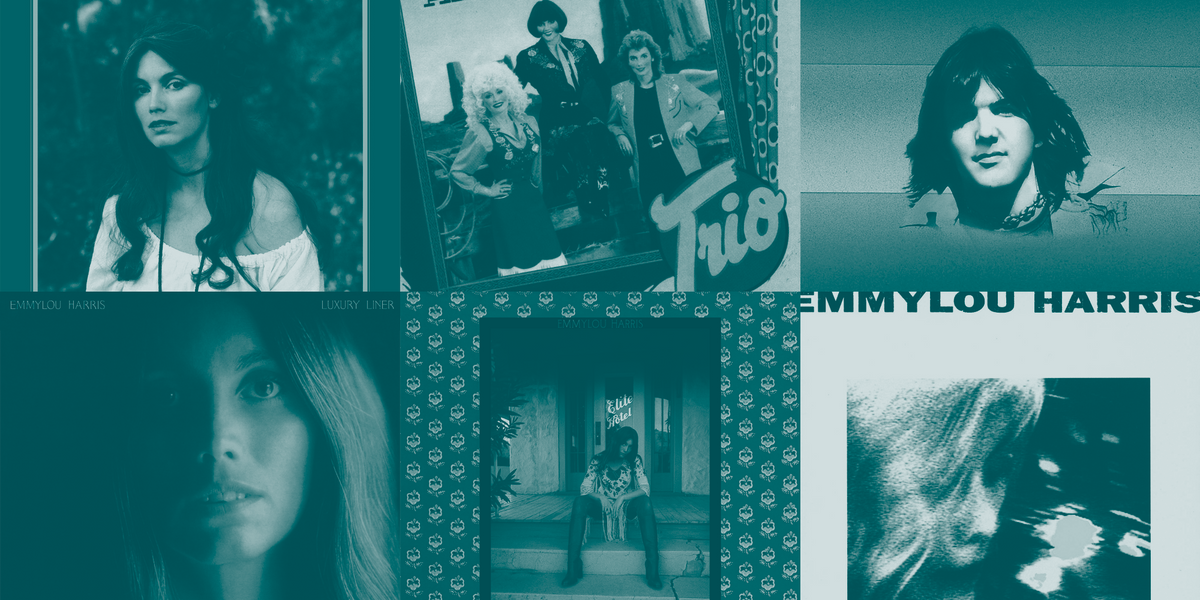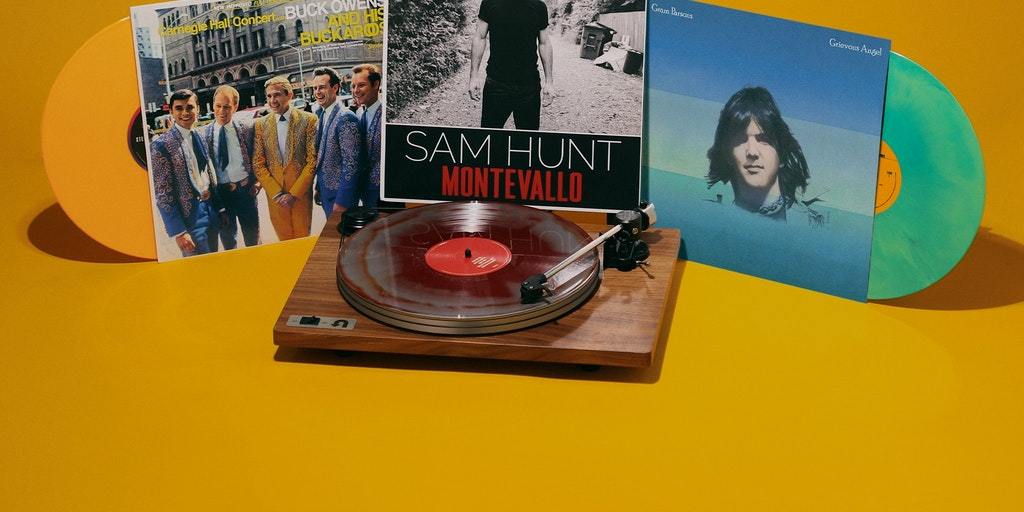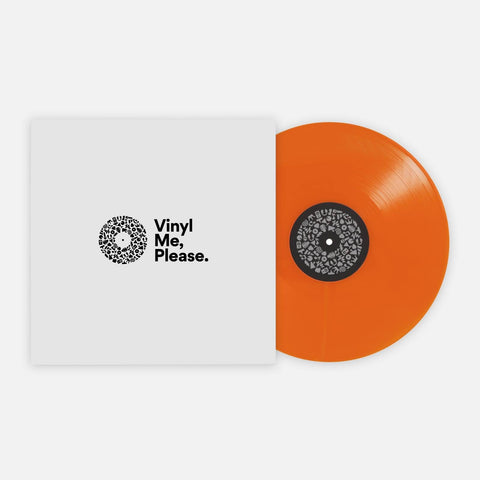Gram Parsons Before His Hour of Darkness
On separating the myth from the music on ‘Grievous Angel’
Photo courtesy of gramparsons.com
When Gram Parsons finished recording Grievous Angel, he called his sister Avis to tell her how proud he was of his latest work. “GP’s OK,” he said of his first record, as Avis recounted in Ben Fong-Torres’ Parsons biography, Hickory Wind: The Life and Times of Gram Parsons. But Grievous Angel, the singer-songwriter told his younger sister, “is a lot more like what I want to accomplish.”
It was late summer 1973, just weeks before Parsons would be found dead of an overdose in a Joshua Tree motel room at the age of 26. The California singer had been slowly fading into an abyss of drugs and alcohol for several years by the time he entered the studios in Los Angeles to begin work on what would be his second, and final, studio album. So much so that Parsons, who’d been a fairly prolific songwriter throughout his short-lived career, only managed to write one entirely new song for the upcoming Grievous Angel sessions. That song was called “In My Hour of Darkness.”
“And I knew his time would shortly come,” Parsons sings on the mournful ballad. “But I did not know just when.”
When his sister Avis reflected on the album years later, she didn’t hear the masterwork Parsons had told her he’d made; she heard a farewell. “He wanted to go out in a great flash of glory rather than fade away,” she told Fong-Torres. “Look how beautifully he got himself together for that last album. Son of a bitch. I’m really pissed at him.”
In the nearly 50 years since the posthumous 1974 release of Grievous Angel, the legend and legacy of Gram Parsons has metastasized into something more than myth. The journeyman singer-songwriter had spent around seven years rotating among a series of bands in his pursuit of incorporating the country music of his native South Georgia into the rock, pop and folk blooming in late-’60s Los Angeles, with virtually zero commercial success. But since his death, Parsons has become an avatar and a guidepost for several successive generations of artists attempting, often with more success than Parsons, to present elements of traditional American country and roots music in non-strictly country settings.
Most enduringly, Parsons co-wrote several songs (“Sin City” and “Hickory Wind” among them) during his lifetime that have become bona fide standards since his death. “Hickory Wind” alone — an aching duet with his primary creative partner, Emmylou Harris — has been covered by Lucinda Williams, Gillian Welch, Joan Baez, Jay Farrar, Norah Jones, Billy Strings, Ashley Monroe, Keith Whitley, Mo Pitney, the Tuttles, the Seldom Scene and Parsons’ old friend Keith Richards.
Long after, artists ranging from Wilco, Sheryl Crow, the Lemonheads and Whiskeytown all professed their allegiance to Parsons during the alt-country ’90s. And the singer-songwriter’s music still looms large. Ruston Kelly and Ashley Monroe released a cover of Harris and Parsons’ rendition of “Love Hurts” during the COVID-19 pandemic. The Swedish roots-pop duo First Aid Kit broke out in America in the early 2010s with “Emmylou,” a romantic ode to the music of Harris and Parsons, complete with a seance-like music video filmed in Parsons’ beloved Joshua Tree. The sisters had discovered Harris by listening to her duet singing on Grievous Angel.
“It was a revelation for us,” they said of hearing the music of Parsons and Harris for the first time.
Parsons’ music has provided that sense of revelation for nearly 50 years, presenting what now feels like an effortless vision of what it meant to merge the rowdy honky-tonk of George Jones and the riotous rock ’n’ roll of Elvis Presley with the folk-pop balladry of The Everly Brothers. Still, as is so often the case with posthumous releases, it’s nearly impossible to separate Grievous Angel’s myth from its music. Shrouded in aura through the 20/20 lens of Parsons’ tragic death, the album has never stopped growing in stature.
Even during his life, Parsons was always keenly aware of his own mythology. Parsons, whose mother was part of a troubled Florida family that oversaw a fortune in citrus production, was an occasionally nihilistic trust-fund delinquent whose backstory and aura of casual recklessness gave the rock press far more interesting copy than most country singers of the time.
“Parsons is a south-Georgia boy with a Harvard education, a big inheritance, and a tendency to melancholy,” wrote Rolling Stone’s Bud Scoppa in the early ’70s. “His central theme has always been that of the innocent Southern boy tossed between the staunch traditions and strict moral code he was born to and the complex, ambiguous modern world. He realizes that both are corrupt, but he survives by keeping a hold on each while believing neither.”
For Parsons, Grievous Angel was his best chance yet to demonstrate his project of synthesizing American roots music, placing gospel-influenced ballads like “In My Hour of Darkness” and “Hickory Wind” alongside covers by Tom T. Hall (“I Can’t Dance”) and The Everly Brothers (“Love Hurts”). The latter, written by Boudleaux Bryant, had become a live staple for Harris and Parsons by the time the duo finally put their stunning rendition to tape in the summer of ’73.
“The album came closest,” Parke Puterbaugh wrote in his liner notes for a Parsons box set in 2006, “to Parsons’ unpretentiously grand design for a sort of white country soul that integrated rootsy forms with the enlightened consciousness of late-’60s rock culture.”
The white country soul Puterbaugh writes of has been given several names over the years: country-rock, proto-alt-country, or, as Parsons preferred, “cosmic American music.” As such, the singer’s career and legacy has played an instrumental role in mythologizing, if never quite commercially popularizing, the once-daring idea that there exists a natural meeting point between the lineages of ’60s rock and traditional country music.
The gorgeous musicality of Parsons’ Grievous Angel did not, however, materialize in a vacuum. The singer had spent the better part of his career trying to find a home for his vision of American roots music in a series of bands including the International Submarine Band, The Flying Burrito Brothers and briefly and most famously, The Byrds. By the time he came to record his second album, Los Angeles had long been teeming with forward-looking roots music. There were the pop-leaning Eagles, who released “Take It Easy” the year prior, and future roots pioneer John Hartford, who’d briefly lived in Los Angeles in the late ’60s and played fiddle alongside Parsons on The Byrds’ Sweetheart of the Rodeo, as well as the ’60s bluegrass modernists The Dillards, whose guitarist and vocalist Herb Pedersen would end up playing on Grievous Angel.
“No question Gram wrote a few good songs,” said Pederson, who has complicated feelings about the long-romanticized legend of his contemporary, “but there were a lot of people in town doing the same thing.”
The music of Grievous Angel also can’t be separated from the harmony vocals of Emmylou Harris, whose breakthrough album, Pieces of the Sky (VMP Country No. 7), was centered around her tribute to Parsons (“From Boulder to Birmingham”). Harris’ record would be released one year after Grievous Angel. By 1973, Parsons and Harris had become musically inseparable, each artist elemental to the other’s sound and sense of artistry. According to Fong-Torres, the album cover for Grievous Angel was initially supposed to be a photograph of Harris and Parsons posing on top of Parsons’ motorcycle.
With Harris by his side, Parsons set out to make a record that did not take itself overly seriously. He balanced the gravitas of songs like “Brass Buttons,” which he wrote as a folkie teenager, with barroom raves like “Ooh Las Vegas” and “Cash on the Barrelhead.” For the latter tune, presented in a suite with “Hickory Wind,” Parsons re-created his own burlesque version of a rowdy honky-tonk audience in the studio by overdubbing fake crowd applause, heckles and the crashing of glass bottles, “a bitter little comment on scant commercial success,” as Elvis Costello, a Parsons devotee, once described it.
Accounts of the sessions for Grievous Angel — Parsons’ working title was Sleepless Nights — differ, though most recall a Parsons who was on the relative mend and surprisingly in command of his own artistry, given his general physical state at the time. In his meticulously reported book, Fong-Torres presented the sessions as a brief reprieve for Parsons, a final act of the singer-songwriter keeping himself together amid increasing addiction and physical deterioration.
“To most observers in the studio,” Fong-Torres wrote, “Gram was in charge, not only of the sessions but of himself.” Puterbaugh agreed: “By all accounts, he held his excesses in check during the sessions,” an attitude shared by Harris, who viewed the album as a new beginning for her musical partner.
“He was so excited about the record,” Harris recalled to Puterbaugh. “There was a sense of ‘I’ll see you later’ and we’ll continue this conversation and this work and this friendship … a feeling that we were at the beginning, almost.”
Others have differing memories. Thinking back on the sessions nearly 50 years later, guitarist Herb Pedersen, a fixture on the Los Angeles country-rock scene, recalls the sessions as having succeeded in spite of Parsons’ condition at the time. His main memory is of the band waiting each night for the singer to show up, largely unprepared. “Emmy brought him to the studio; she had to help him into the room,” he recalled.
Others simply remember the sessions as a loose, fun time. Parsons had enlisted a first-rate group of legendary session musicians: guitarist James Burton, drummer Ron Tutt and keyboardist Glen Hardin — all former members of Elvis Presley’s band who also played on Parsons’ 1973 debut, GP. Emmylou Harris sang on almost every track.
When pedal steel player Al Perkins thinks back on the Grievous Angel sessions, he remembers a “congenial and relaxed atmosphere” that led to plenty of off-topic humor. “One day, [Parsons’ road manager and confidant] Phil Kaufman brought some street musicians into the rear entrance of the studio,” Perkins recalled. “They called themselves ‘The Oily Scary Scarf Wino Band’ and they featured a slender girl singer, a trumpet player with spat shoes, one sitting marching drummer, plus a couple other instruments. He set them up to play for us. What a hoot!”
For Parsons, the period leading up to Grievous Angel was anything but a hoot. According to Fong-Torres, just weeks before recording began, his Laurel Canyon home burned down in a sudden, mysterious fire. His marriage to Gretchen Carpenter was reaching a low point. Parsons’ alcoholic stepfather, Bob Parsons, had recently revealed to Gram that Bob had been partially responsible for Gram’s mother’s traumatic death in 1965. Parsons started to have seizures.
By the summer of 1973, the singer had also become surrounded by death. The story of Grievous Angel is indeed a story of grief and loss, just not the type that most listeners have always assumed. In the year before recording for Parsons’ second solo album began, the singer-songwriter lost at least four friends to premature deaths, including The Byrds’ country/roots maestro Clarence White, who died just a month before sessions began.
“Death is a warm cloak,” Parsons told Crawdaddy in 1972. “An old friend. I regard death as something that comes up on a roulette wheel every once in a while … I’ve lost a lot of people close to me.”
One of the great ironies of Grievous Angel, then, is that “In My Hour of Darkness,” a haunted prayer that has been dissected ad infinitum for its hints of Parsons’ fast-approaching mortality, is not, at least on its surface, about Gram Parsons at all. Parsons wrote the song, with some light guidance from Harris, as a composite tribute to recently departed friends like White, Sid Kaiser and the director Brandon deWilde. The song, wrote Rolling Stone’s Bud Scoppa, “reads almost like a prayer … [evoking] an agonizing struggle between faith and despair.”
Grievous Angel has served as a talisman, a country-soul book of prayers for its ever-growing and ever-devoted legion of true believers.
Al Perkins, Parsons’ pedal steel player on both his solo albums, was back at home in Los Angeles when he heard the news that Gram Parsons had died suddenly in Joshua Tree. It was mere weeks after the Grievous Angel sessions had ended, and a promotional copy of Parsons’ upcoming single, “Love Hurts,” had just recently been delivered to Perkins’ home.
Nearly 50 years later, Perkins is still never quite able to listen to Parsons and Harris’ haunting version of “Love Hurts” without thinking about that day, and how the only thing he knew to do was place that 45 on the turntable and press play.
“I put it on,” said Perkins, “but I couldn’t help from weeping.”
Jonathan Bernstein is a research editor at Rolling Stone. His work has appeared in Oxford American,* The Guardian*,* GQ*, Pitchfork and The Village Voice. He lives in Brooklyn.
Related Articles
Join the Club!
Join Now, Starting at $36Pages







